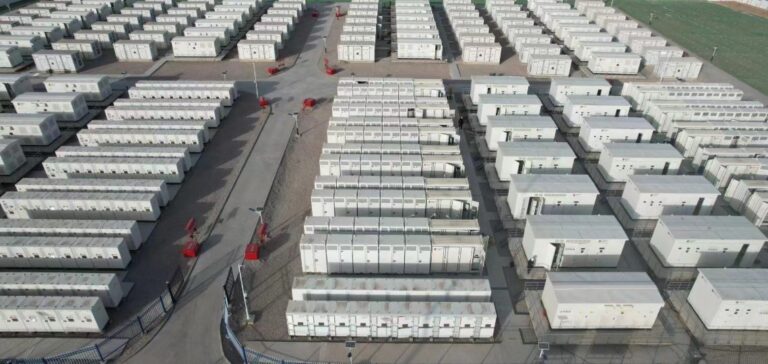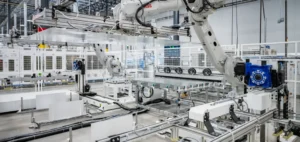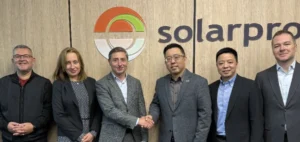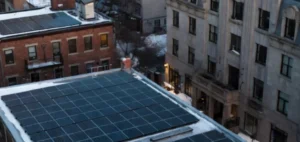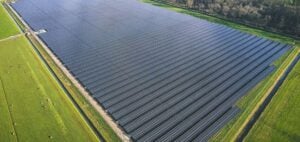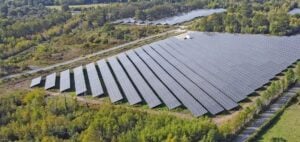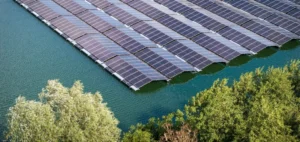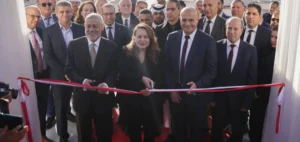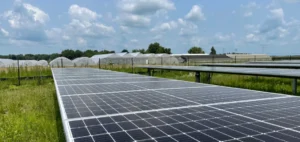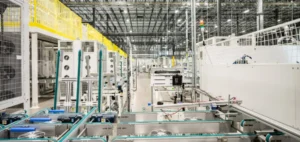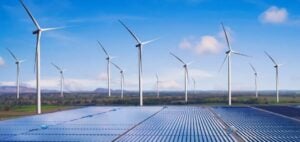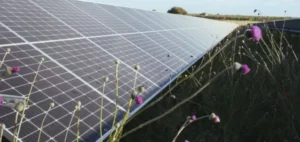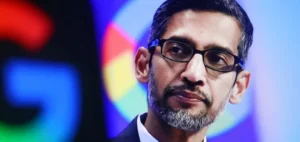The global market for lithium iron phosphate (LFP) batteries is experiencing significant growth, with projections indicating substantial expansion in the coming years. In 2024, the market was valued at USD 8.618 billion. Current forecasts suggest that this figure will reach USD 16.54 billion by 2031, reflecting a compound annual growth rate (CAGR) of 9.9% during the forecast period.
The Demand from Electric Vehicles as a Primary Driver
This growth is primarily attributed to the increasing demand for electric vehicles (EVs), which require safe and cost-effective energy solutions. LFP batteries offer robust thermal stability, reducing fire risks and improving overall reliability. Their relatively lower cost makes them attractive for mass-market EV models, facilitating broader adoption and bridging affordability gaps.
Applications in Renewable Energy Storage
In addition to EVs, LFP batteries play a crucial role in renewable energy storage systems. Their stable performance, even under harsh conditions, makes them suitable for use with intermittent energy sources such as solar and wind. Their long lifespan and deep discharge capabilities allow for consistent power output, promoting grid stability and reducing curtailment.
Economic Benefits and Enhanced Safety
The economic advantages of LFP batteries are also significant. Their composition relies on abundant and less expensive materials, which reduces production costs compared to other lithium-ion variants. This affordability broadens market accessibility and drives higher adoption rates, particularly in price-sensitive sectors such as public transportation and residential energy storage.
Safety is another key factor driving the growing adoption of LFP batteries. Their chemistry inherently presents a lower risk of thermal runaway and improved chemical stability compared to other types of lithium-ion batteries. This robust safety profile is appealing to industries requiring reliable and safe energy sources, including public transport, backup power systems, and large-scale energy storage.
Future Outlook and Innovations
Industry players are focusing on improving chemistry, manufacturing processes, and strategic partnerships to remain competitive. At the same time, public and private entities are pushing for robust infrastructure to accommodate the growing demand for electric mobility, residential storage, and commercial solutions. With increased attention to sustainability, the low toxicity and long operational life of LFP batteries make them a prime candidate for various applications, encouraging further innovation.
In conclusion, LFP batteries are expected to continue playing a central role in the global energy transition, supported by their stable performance, cost-effectiveness, and environmental benefits.


